Like written in stone
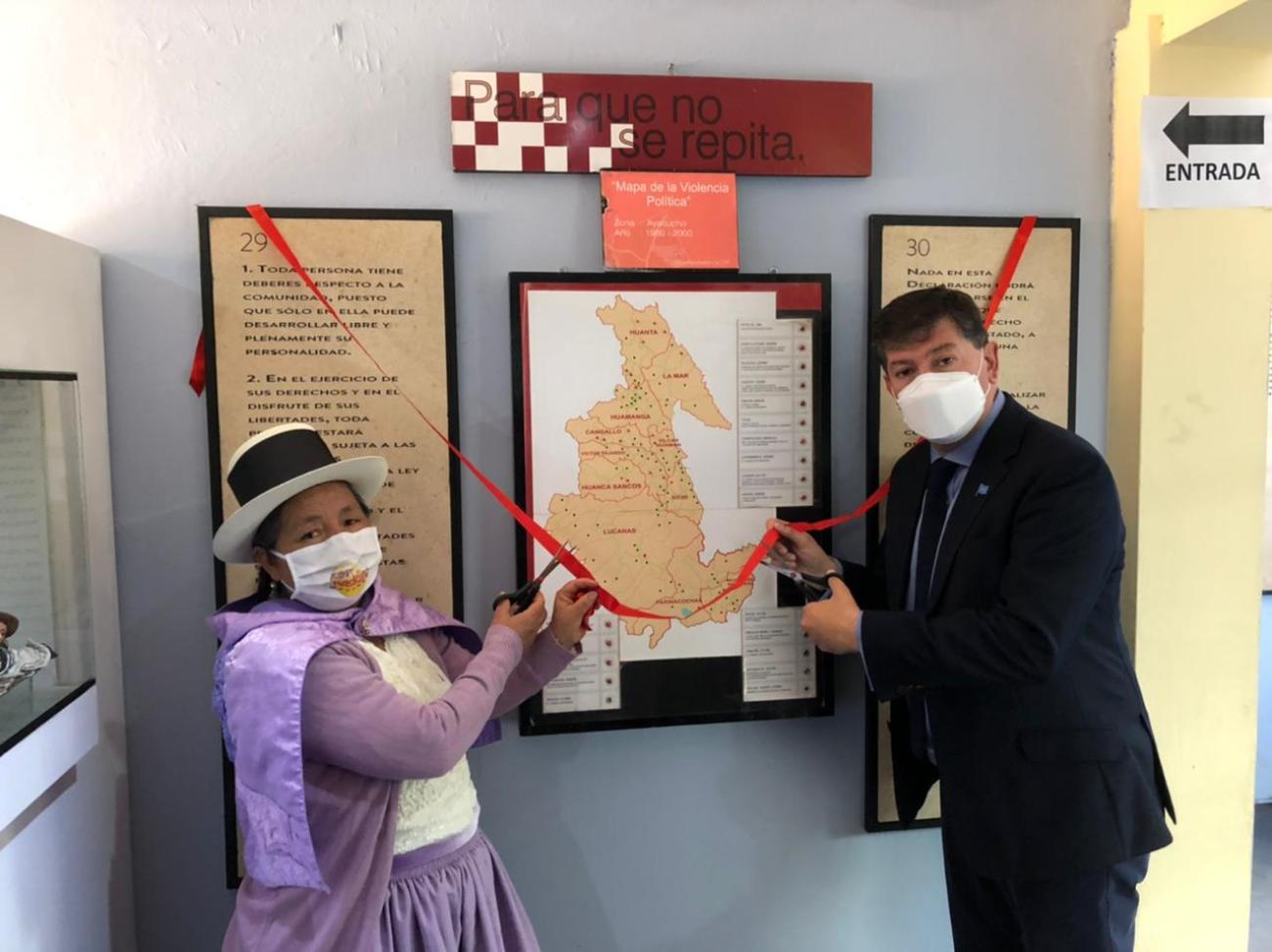
The Universal Declaration in Ayacucho on International Human Rights Day
First it was in the Museum of Memory, Tolerance and Social Inclusion; then at the headquarters of the Ombudsman, in downtown Lima. This year, the Universal Declaration of Human Rights has been installed in the Museum "So that it is not repeated" of the National Association of Relatives of Kidnapped, Detained and Disappeared of Peru (ANFASEP) in the Andean city of Ayacucho, in southern Peru.
On Human Rights Day, the United Nations System in Peru, the European Union and the Embassy of the Federal Republic of Germany, present the exhibition "As written in stone", thirty marble plates with each one of the articles of the document that this year commemorates its 73rd anniversary and that will remain in the museum's halls, permanently.
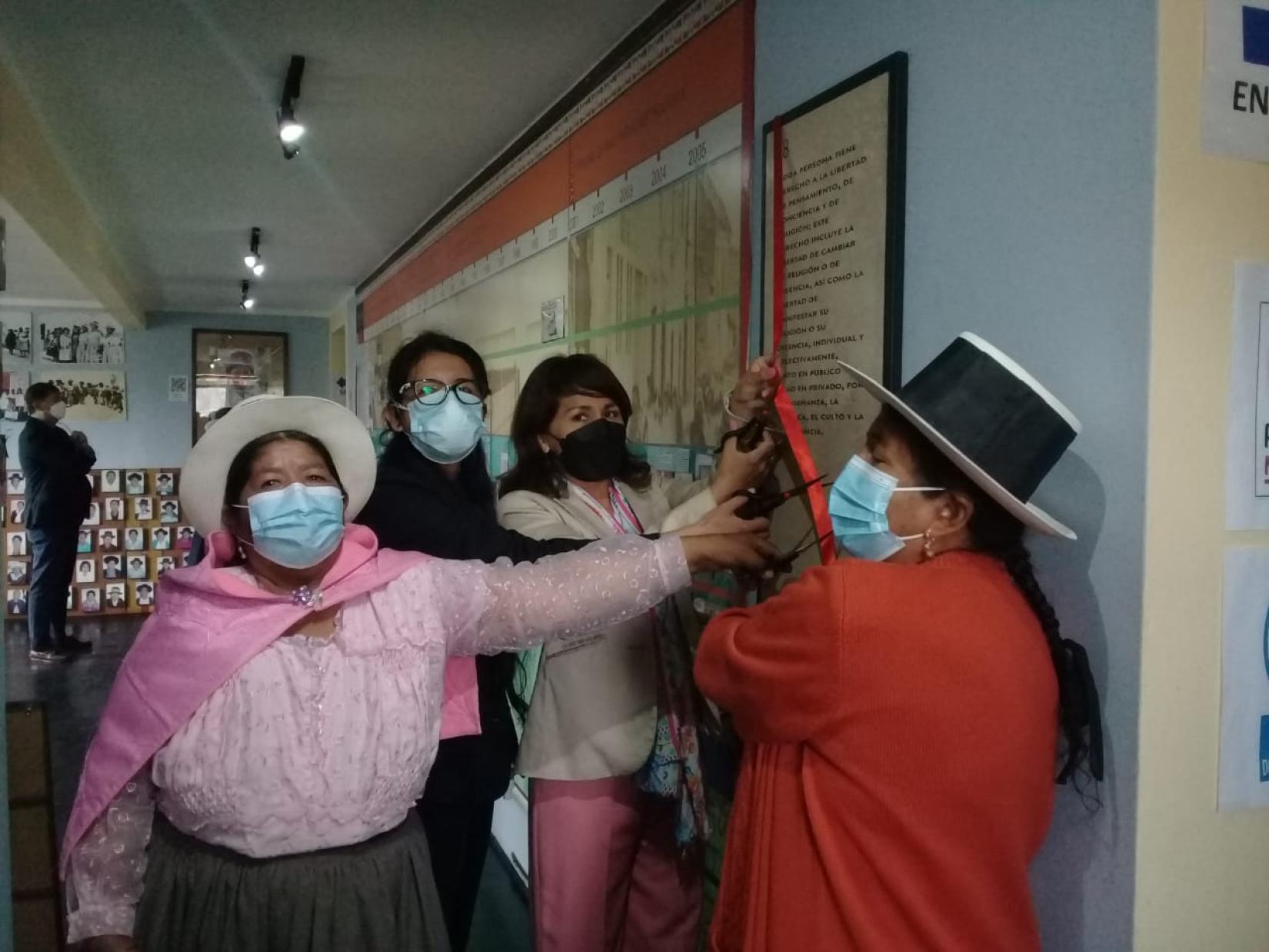
With the support of our partner, the Museum of Memory, Tolerance and Social Inclusion (LUM), the exhibition is installed in a new significant place for human rights such as the ANFASEP memory museum, with the objective of promoting its knowledge and its validity.
The ceremony was led by Mrs. Adelina García Mendoza, president of ANFASEP; Igor Garafulic, representative of the United Nations in Peru; Vincent Ringenberg, Chargé d'affaires of the European Union; Clemens Hellemeier, Culture and Press Counselor and Political Affairs Advisor of the Embassy of the Federal Republic of Germany in Lima and Ivone Montoya, representative of the Ministry of Culture, who were accompanied by representatives of local human rights organizations, international cooperation organizations and authorities.
The representative of the United Nations in Peru, Igor Garafulic, when opening the exhibition said:
"The Universal Declaration carved in stones is a tribute and gratitude to a movement of women defenders of human rights, who, with their tireless struggle and the example of Mamá Angélica, have fought for more than 35 years to access justice, truth, reparation and guarantees of non-repetition.
"Because every time they and visitors enter the premises they remember why we are here, the reason for our daily struggle, the reason for our walk, that is: to enjoy our human rights without exception. We want to clearly emphasize that the museum and the premises of ANFASEP is a place of defense of human rights that must be recognized, protected, nurtured, and constantly valued ".
The 30 plates with each of the articles of the Universal Declaration of Human Rights have been worked by the artist Jean Pierre Castro and are placed in the different environments of the ANFASEP memory museum. The curatorship was in charge of the renowned art critic and member of the LUM Commission, Jorge Villacorta. The museum "So that it does not repeat itself", built in 2004, is the first museum of victims in Peru that exhibits the causes, events and consequences of the internal armed conflict, remembering and dignifying the victims.
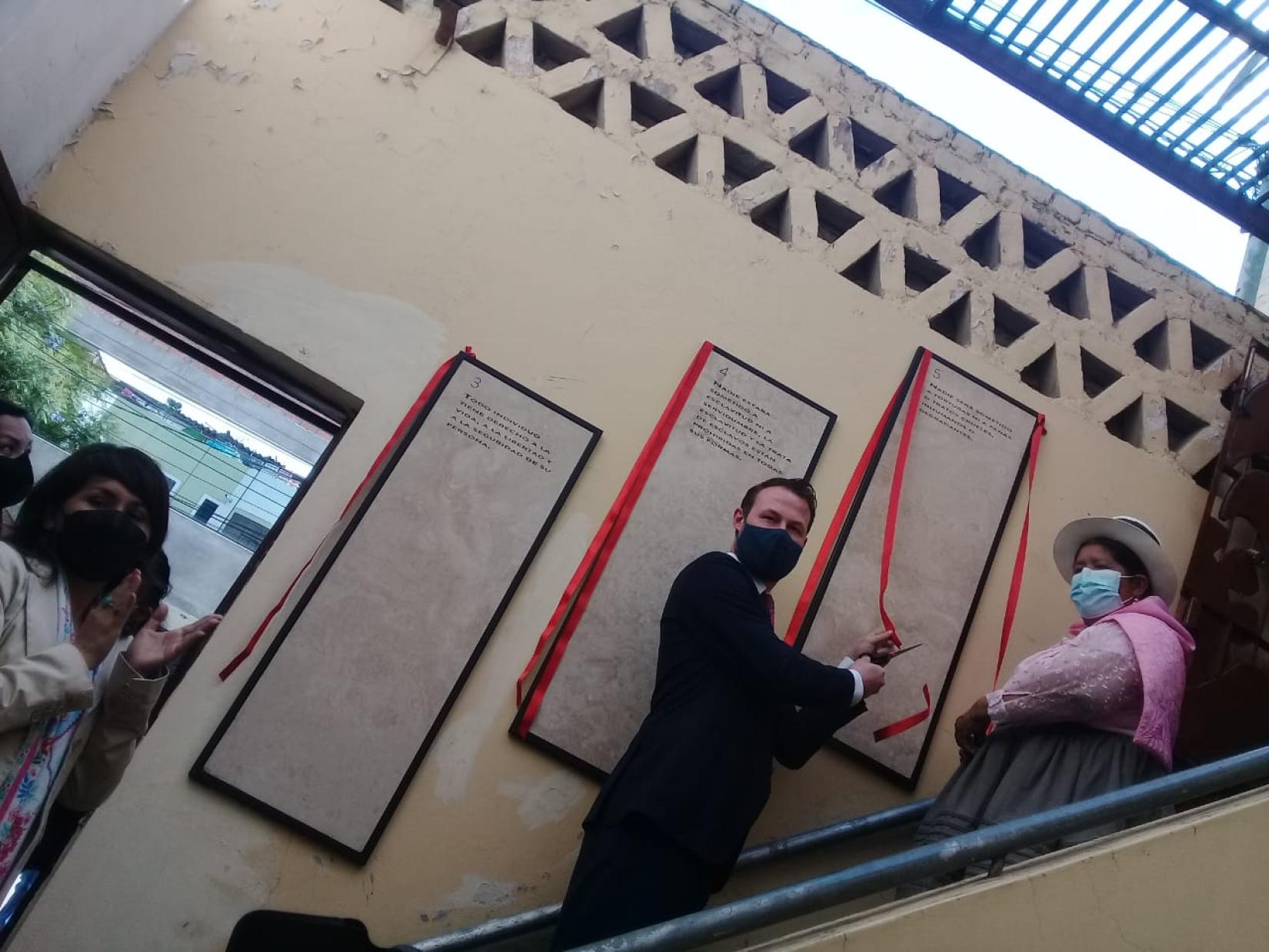
After the inauguration of "As written in stone" and as part of the activities to commemorate Human Rights Day, a pilgrimage was held to La Hoyada, an area adjacent to the "Los Cabitos" barracks where, according to the Truth and Reconciliation Commission, arbitrary detentions, torture, sexual violence, disappearance and extrajudicial execution of men, women and even minors were reported during the internal armed conflict between 1983 and 1985.
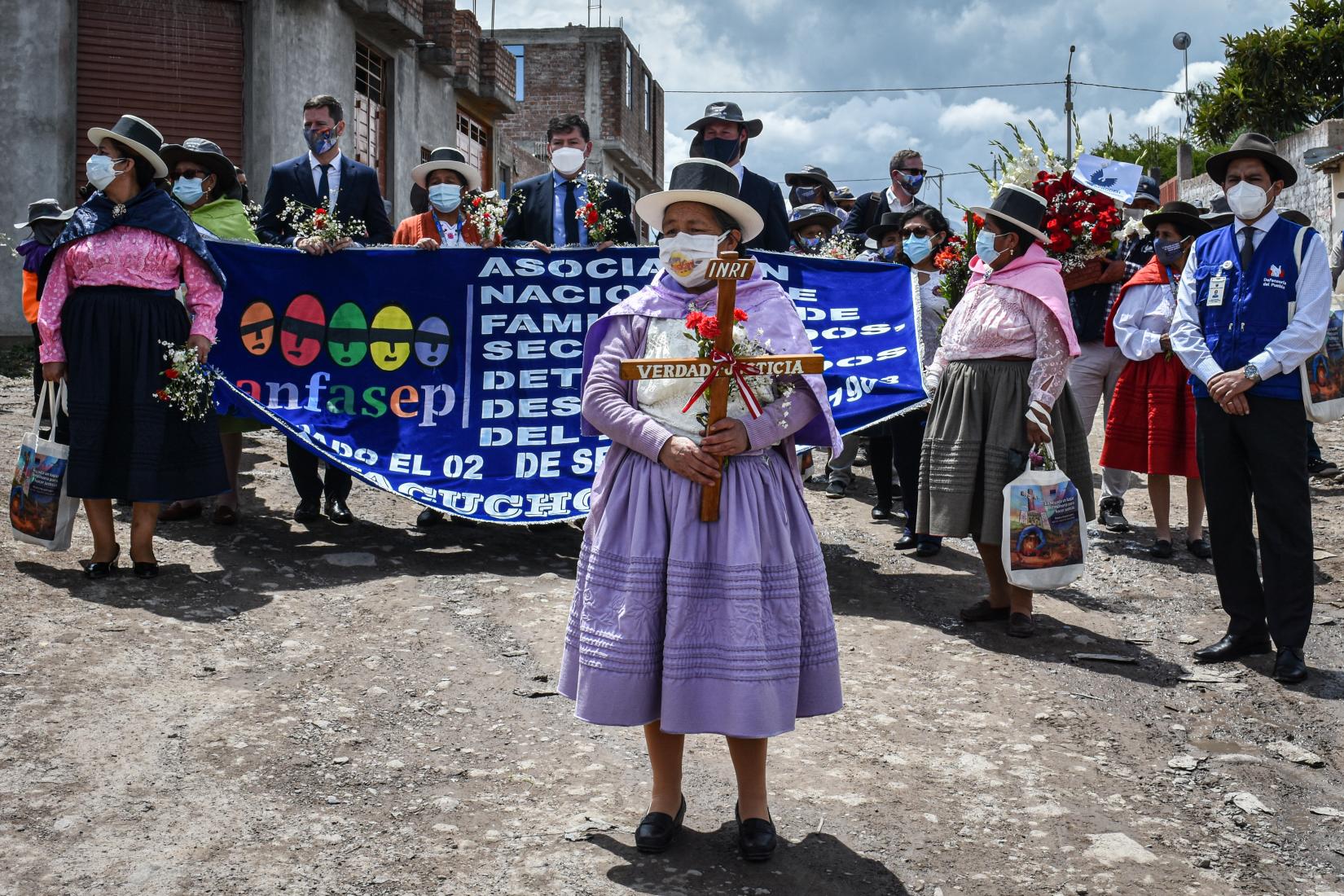
As it is known, due to the great symbolic value of this site, there is an initiative to create in the area the 'Sanctuary of Memory of La Hoyada', an ANFASEP initiative that is accompanied by the Museum of Memory (LUM) of the Ministry of Culture and the Ministry of Justice and Human Rights.
In this regard, Igor Garafulic, representative of the United Nations, said "La Hoyada itself has a clear, forceful and permanent message that the human rights violations that were committed cannot and should not be repeated. Likewise, the process around the construction of the Sanctuary of La Hoyada not only clearly represents the idea of symbolic and memory reparation, but it is also a process of defense of rights by the human rights movement in the Ayacucho region, which the country collectively must identify, acknowledge and support".
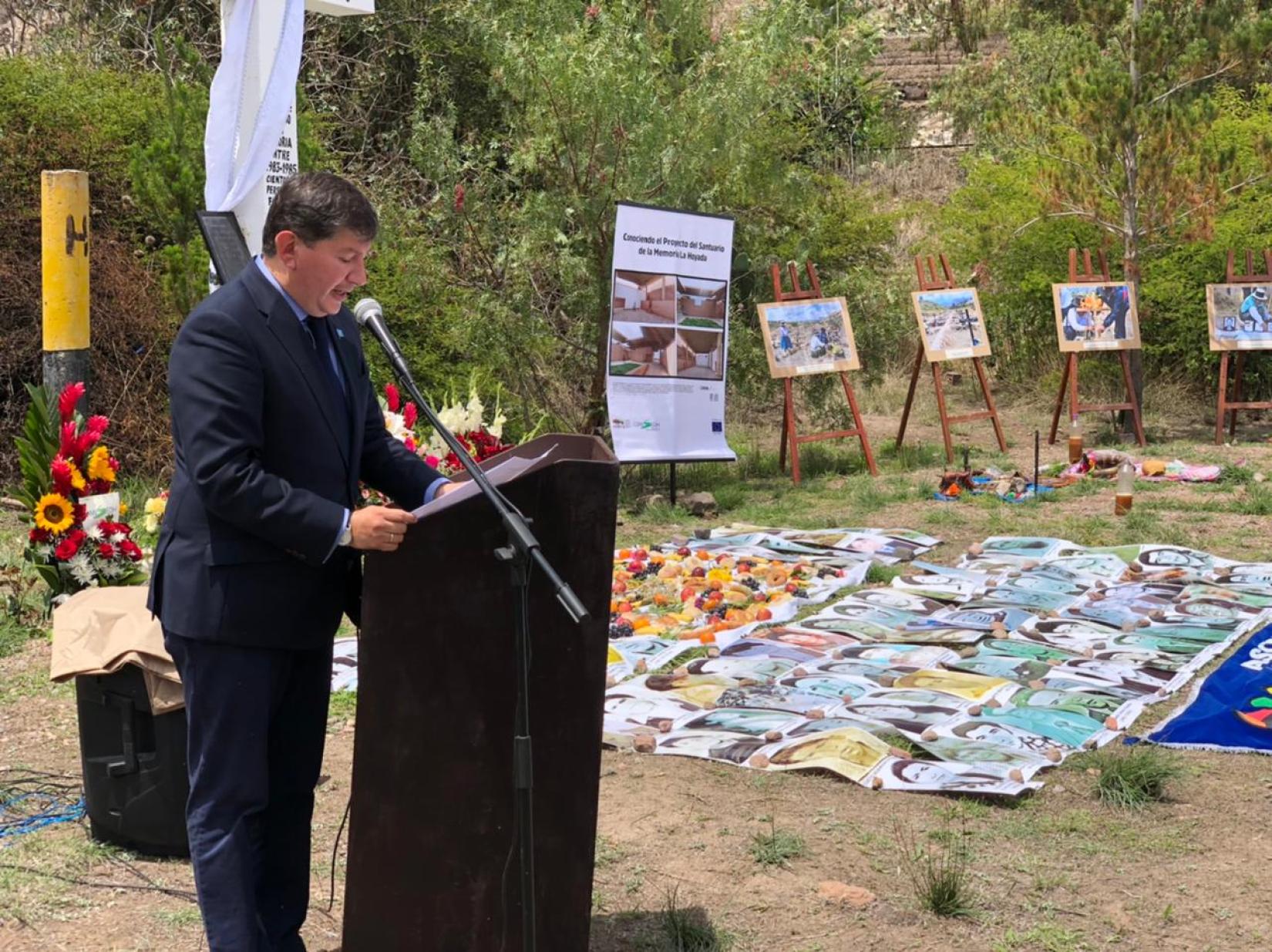
Likewise, Vincent Ringenberg, charge d'affaires of the European Union, mentioned “The Universal Declaration of Human Rights has contributed since its adoption in 1948 to raise human rights standards throughout the world. However, we must never take these achievements for granted. The fight for our rights continues and there is still much work to be done. The EU will continue to support this fight”.







